Rail-Live
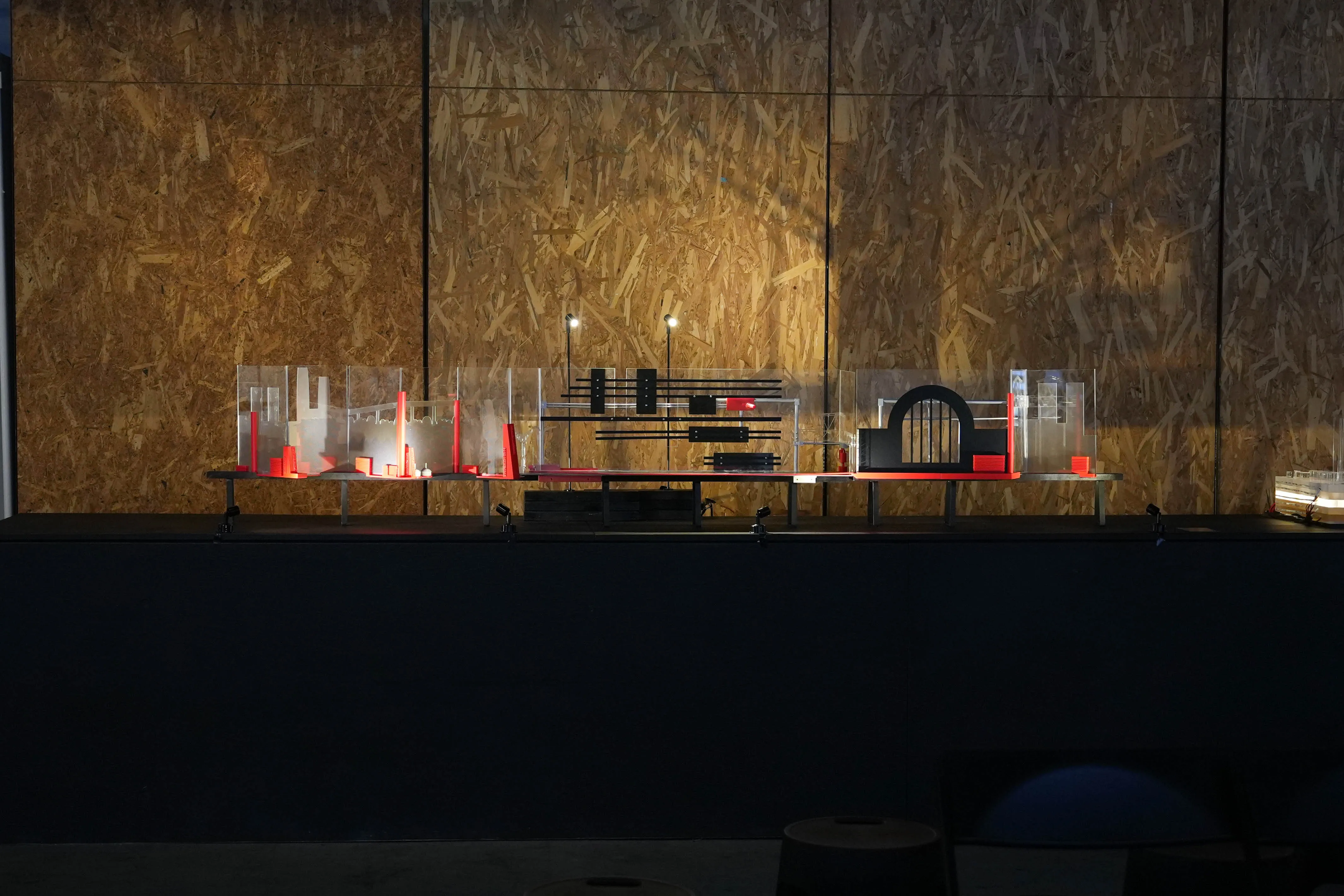
#power
#jump start
#motion
#flow
#experiment
Exhibitor
Chun-Kai FANG,
Hsuan-Cheng LIN
Exhibition Team
KAI ARCHITECTS+Hsuan-Cheng LIN
Team Member
Fang-Yu CHIANG,
Zhi-Xuan SU,
Ling-Kiu SUM,
Yi-Yun CHIU,
Chao-Hsien WU
View the Printed Edition (PDF)
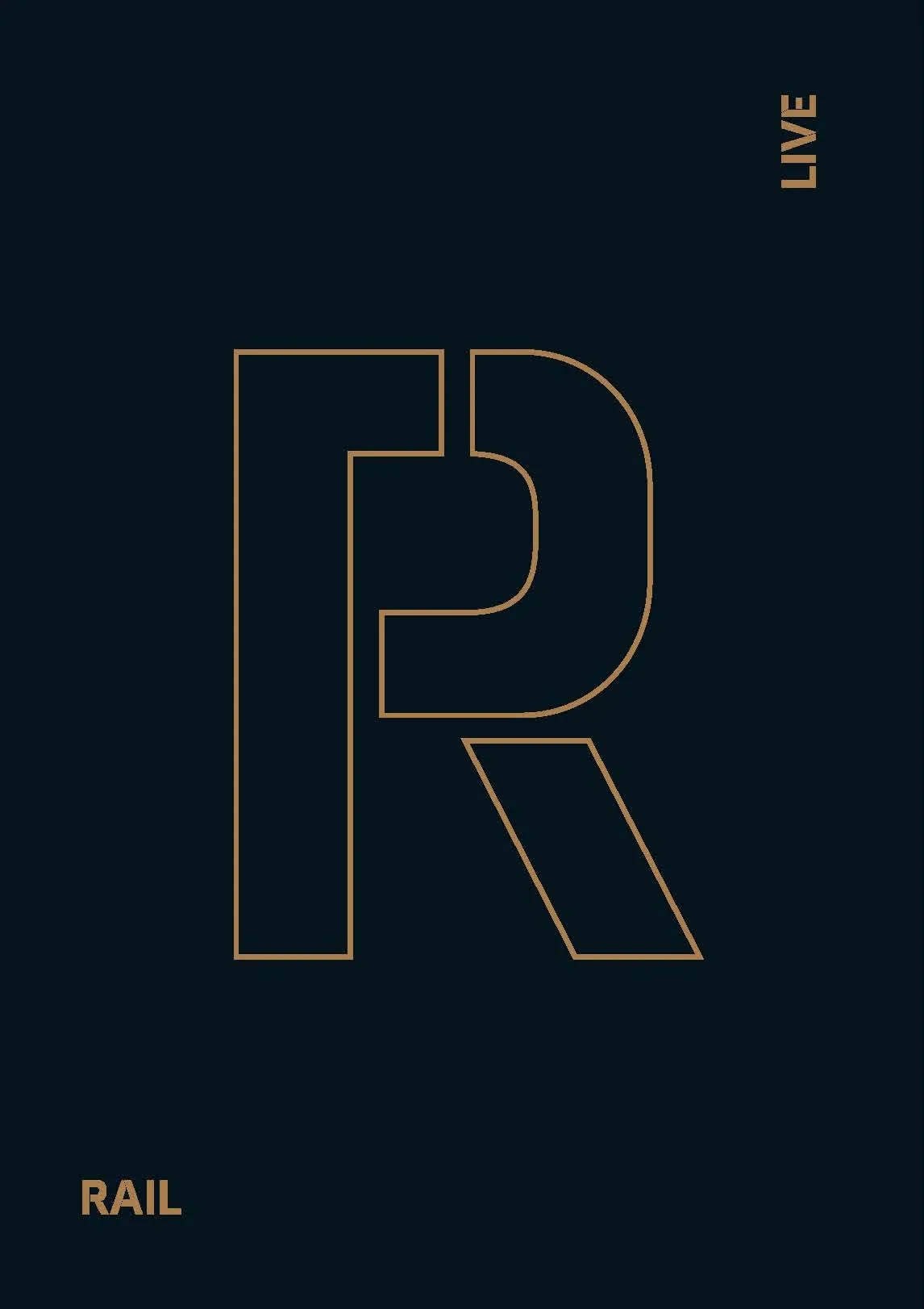
Rail live
In 1908, the completion of the Western Trunk Line(Zhongguo Line) connected Keelung to Kaohsiung,linking Taiwan’s major towns and sparking the island’s first spatial revolution. To support transportation, industrial factories and railwayrelated facilities were built near central stations,particularly around Taipei Station, housing factories for sugar, rice wine, camphor, beer, tobacco, bottle caps, and more. As time passed, these industrial heritage sites, now obsolete or nearly so, remain as markers of the city’s history. As stated in the 1964 Venice Charter, “Cultural monuments are living witnesses of their traditions, and safeguarding them for future generations is our responsibility.”
Using the perspective of industrial archaeology(IA), we aim to explore how the Taipei Railway Workshop can transform from an industrial base into a “living railway museum,” reflecting the industrial heritage along the Taipei railway line.
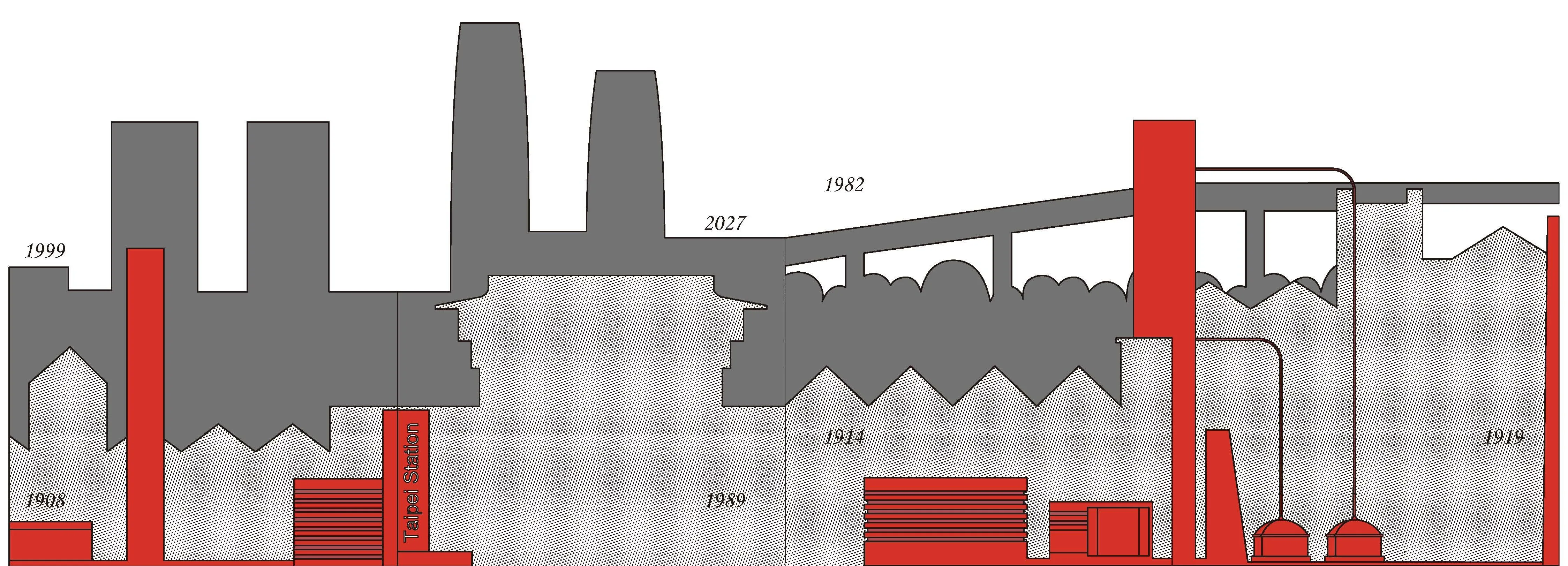
Experiment
Museology now emphasizes issues and discussions over object preservation. The future railway museum will be an urban experimental platform exploring the railway’s role in Taipei’s development.
Its value lies in preserving tangible relics, like railway and industrial heritage, and intangible ideas, such as the railway’s impact on the city.
Through an experimental lens, the museum can reinterpret the railway-city connection, sparking reflection on urban development, memory, and future possibilities.
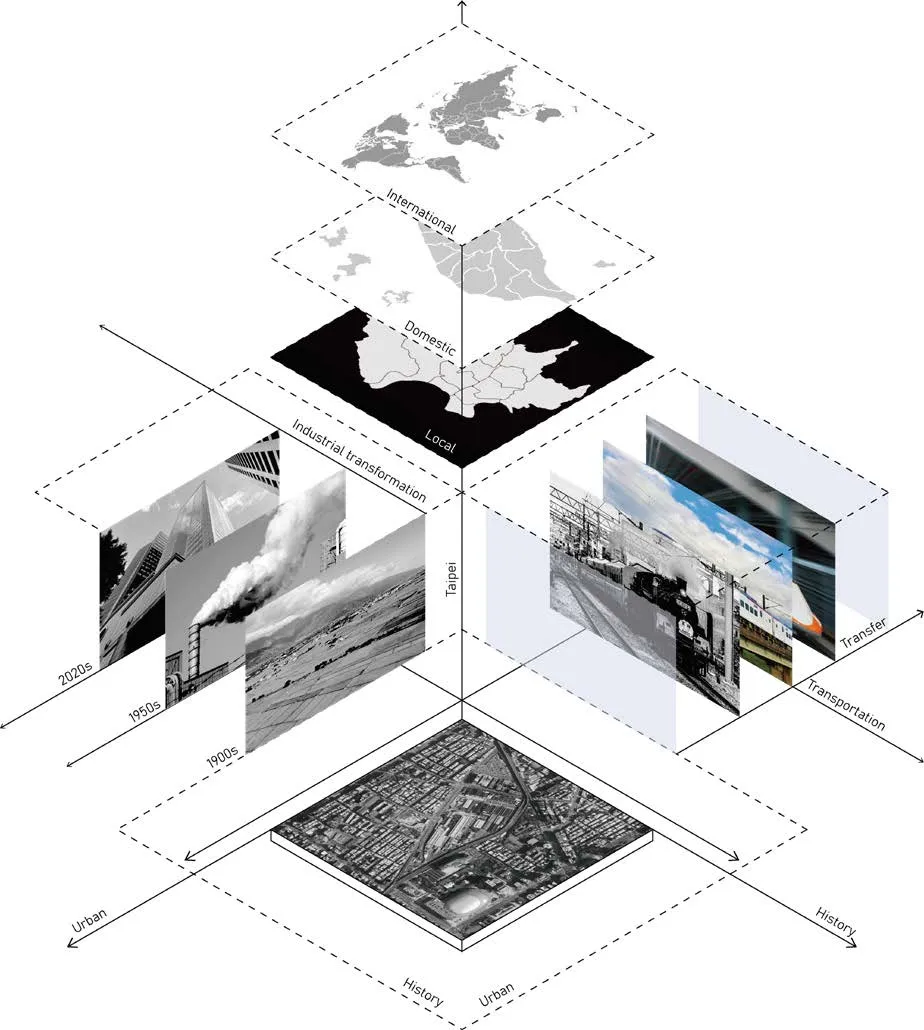
Jump Start
“Movement is not my essence, but it is my reason for existence. ” This captures the paradox of railway tracks—stationary yet vital to industrial history, their value fading with time.
With Taipei’s railway underground, the once-vital tracks of the Taipei Railway Workshop have grown cold, preserved as symbols of the past. Without their original function, do they still hold value?
Tracks connect time and generations, serving as a lifeline. They should not remain static relics but be given a new purpose—a chance to “restart.”
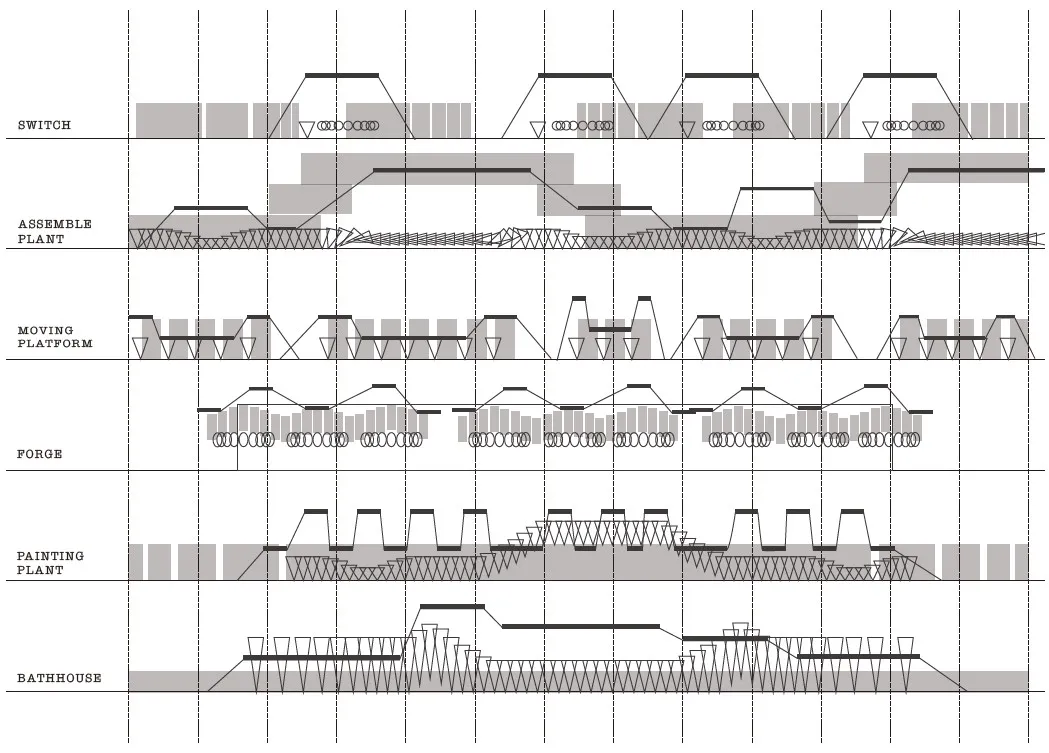
Power
The towering chimney marks the Taipei Railway Workshop, with the power room as its heart,supplying energy throughout the site. Pipelines extended across the factory, even providing steam-heated water for the employee bathhouse.
Today, steam is no longer a primary energy source,and the significance of these pipelines and the factory’s design has been forgotten. By reinterpreting their role, visitors can rediscover their function and how spaces were designed for heat flow, sparking reflection on comtemporary issues.
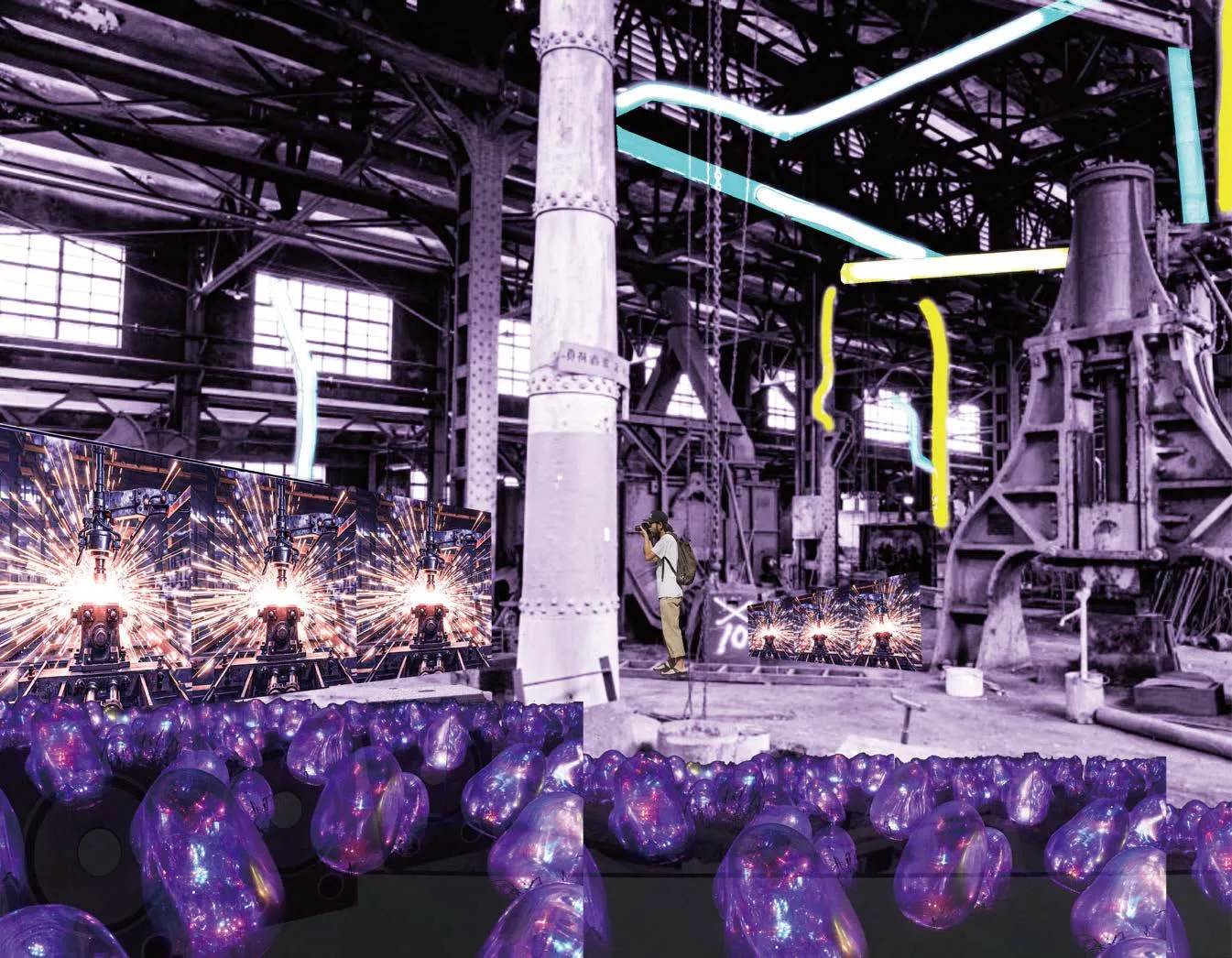
X_Motion
The most dynamic element of the Taipei Railway Workshop is the train, and it’s the last remaining surface-level track in Taipei. Using the train’s arrival as the starting point, visitors can connect with the motion of the train (motion)and ignite an emotional response (emotion).
This re-establishes the emotional connection between the public and railway culture. As the train starts, the Taipei Railway Workshop becomes a cultural carrier, preserving the city’s memories and sparking emotional resonance.
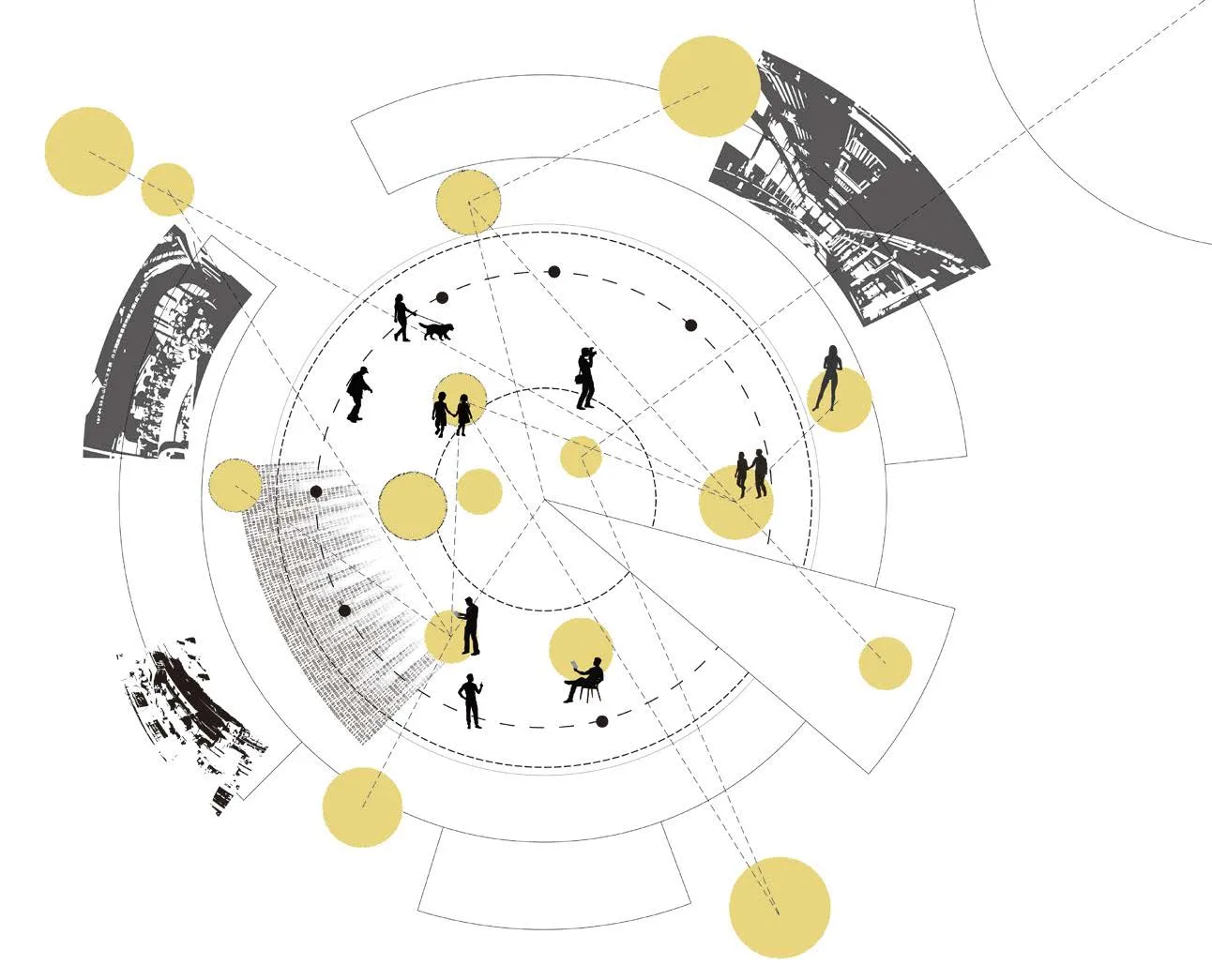
The Industrial Story of Bottle Caps: Memories of Taiwan Manufacturing
Nangang Bottle Cap Factory
The history of the Nangang Bottle Cap Factory dates back to the Japanese colonial period,when it was a key part of Taiwan’s industrial development, producing cork stoppers and crown bottle caps under the management of the “Domestic Cork Industry Corporation.”
After World War II, the factory was taken over by the Taiwan Tobacco and Liquor Monopoly Bureau under the Nationalist government, transforming into a state-owned facility specializing in bottle cap production. It became an important industrial site supporting Taiwan’s economic growth.
In 2018, the factory underwent an industrial transformation to become the “Bottle Cap Factory Taipei Maker’s Base.” This new iteration combines historical building preservation with the development of creative industries, serving as a multifunctional space that fosters cultural creativity, hosts exhibitions, and facilitates industrial innovation and collaboration.

The Tabacco Tracks: Tabacco Legacy and the Industrail transformation
Songshan Cultural and Creative Park
The history of the Songshan Tobacco Factory dates back to the Japanese era, when it was the primary producer of cigarettes in Taiwan. By the 1960s,Taiwan’s tobacco production reached its peak,earning the island the title of “Tobacco Kingdom.”
Today, the factory site has been transformed into an important cultural and artistic space,becoming a highlight along the industrial railway line. The preserved historical buildings,including the cigarette factory, boiler room,and warehouse, offer a glimpse into the bustling tobacco production scene of the past.
Now known as the Songshan Cultural and Creative Park, it blends ancient and modern cultural atmospheres, and has become one of Taipei’s key centers for cultural activities, art exhibitions, and a hub for creative innovation.
National Railway Museum Park
The Taipei Railway Workshop
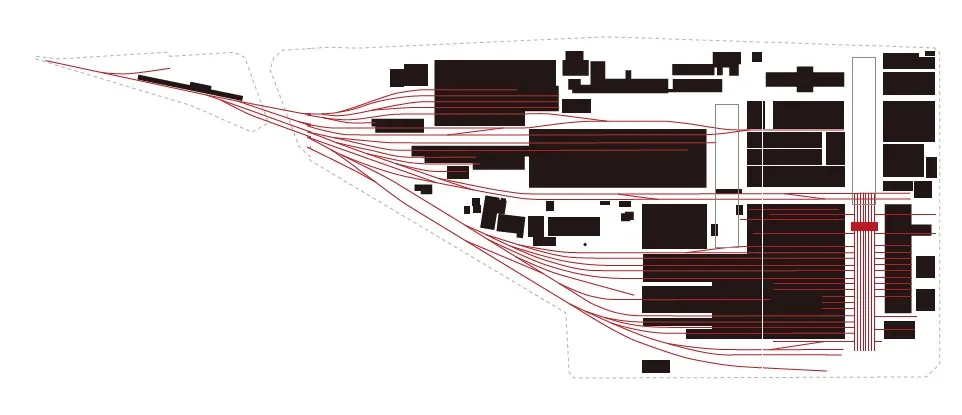
Located between Civic Boulevard and Keelung Road, the Taipei Railway Workshop was established in 1935, carrying over a century of history. It served as a vital maintenance base for Taipei’s railways and witnessed the city’s industrial development. With the undergrounding of the railway, the workshop is no longer a maintenance hub. What lies ahead for this once-bustling site?
In the future, the Taipei Railway Workshop will transform into a railway museum, and we aim to explore how to deepen its connection with Taipei’s cityscape and residents.
Through five key concepts, we approach this transformation from different scales, from historical context to future prospects, with the goal of breathing new life into this industrial heritage and revitalizing the Taipei Railway Workshop as a vibrant urban space.
The power room provided energy and connected to steam pipes throughout the site. The diesel-electric and assembly workshops handled repairs, while the blacksmith workshop focused on metal work. The employee bathhouse used steam heat for hot water.The railway tracks enter at a 37-degree angle,following the old route, and extend through the workshop, connecting to the locomotive turntable.
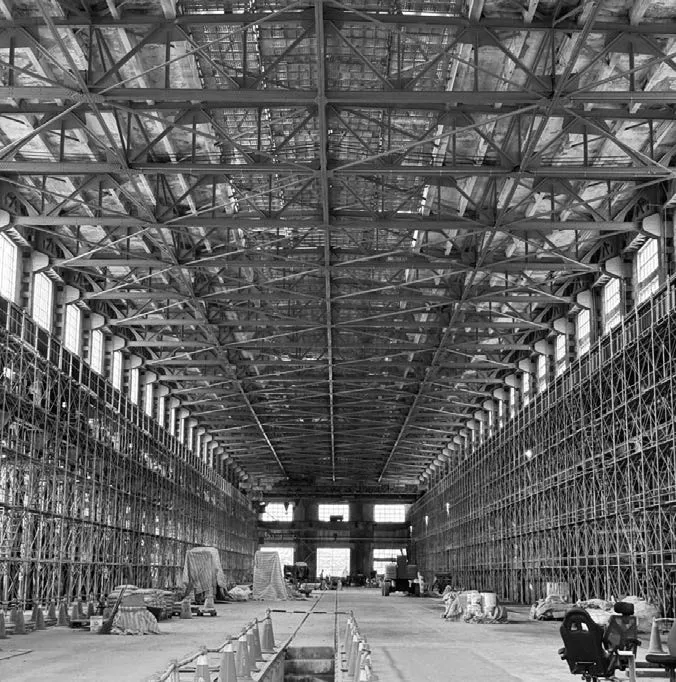
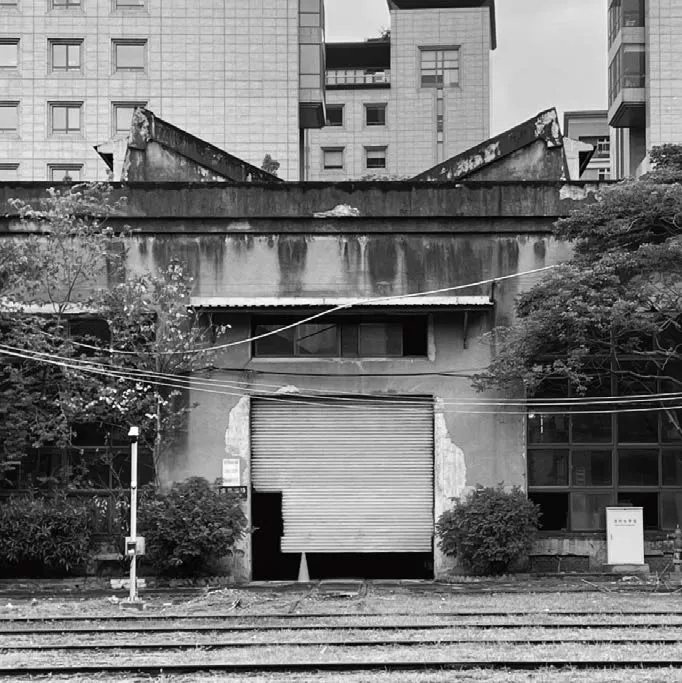
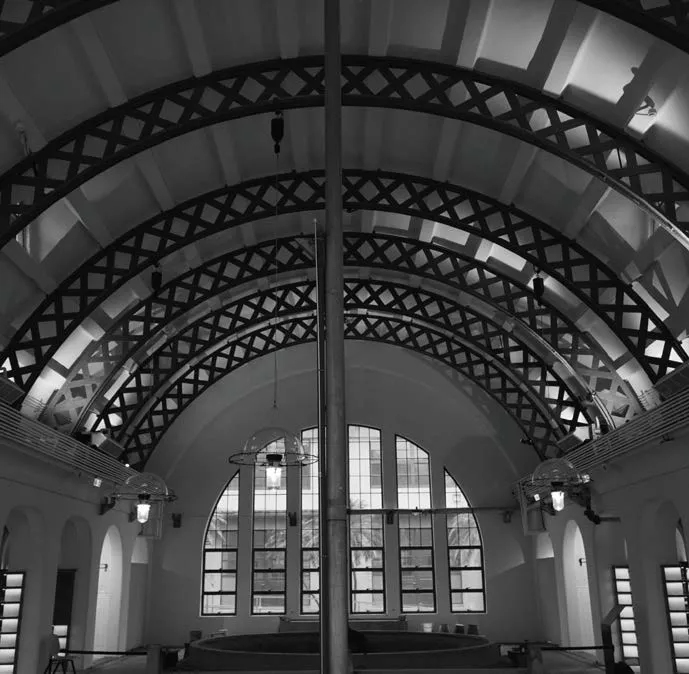
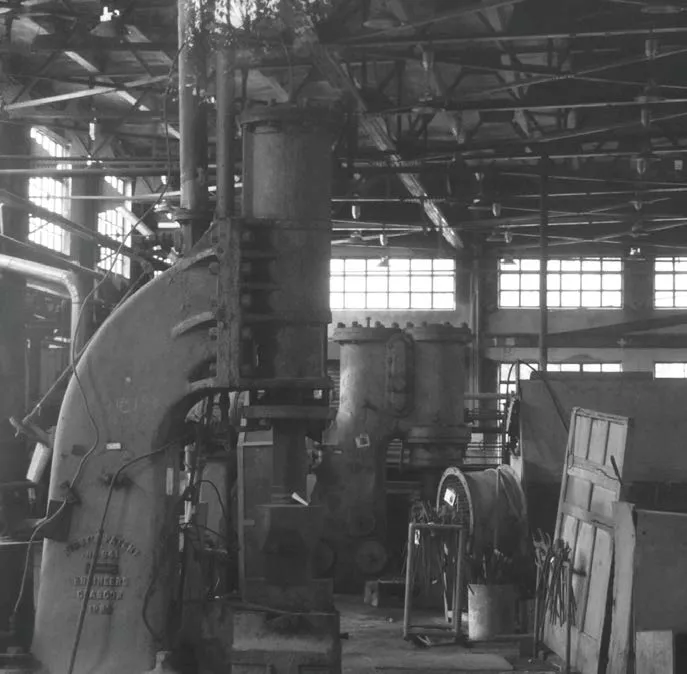
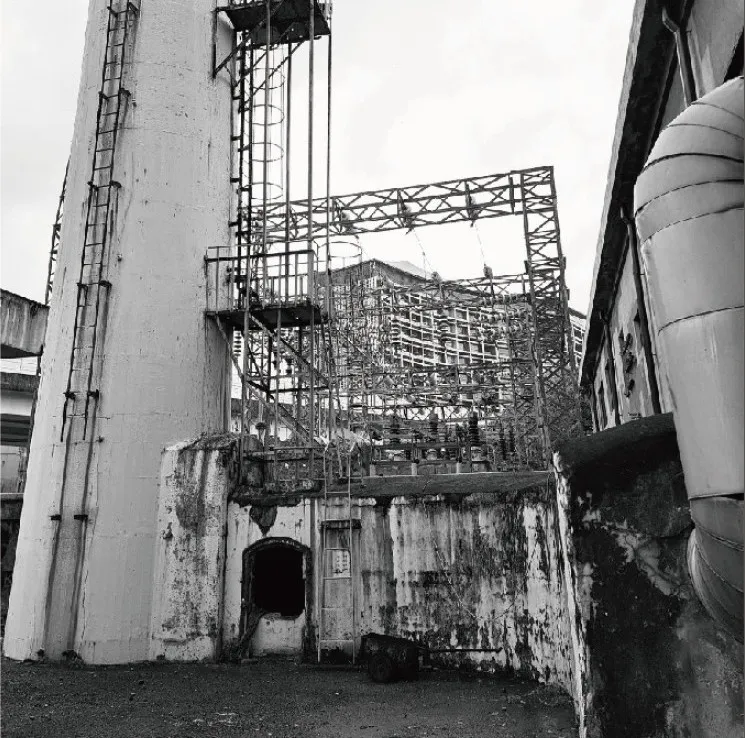
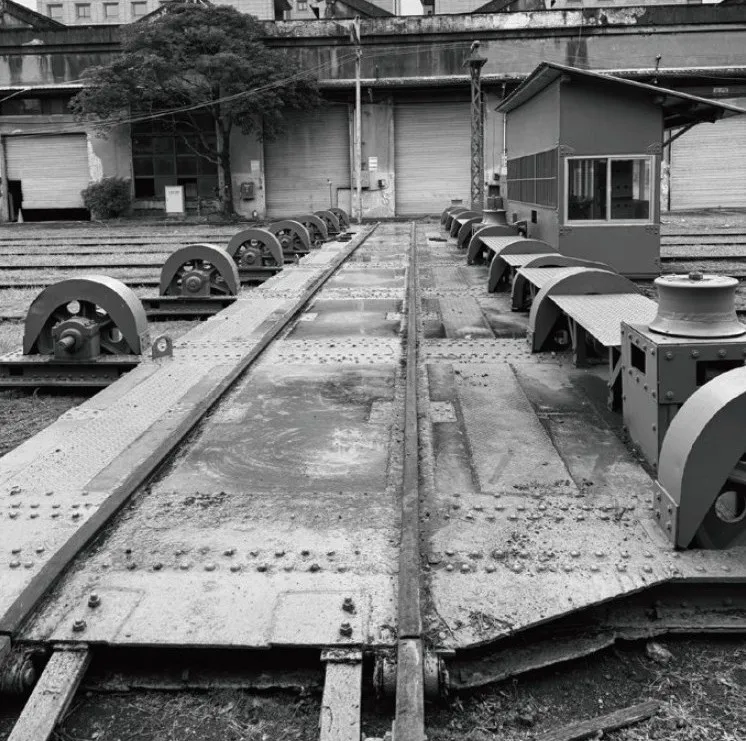
Flow
Industrial heritage along the railway has merged into the city, making its past connection to the railway nearly un recognizable
With the railway underground, passengers can no longer identify stops by scenery, as tracks have vanished. In their place, ventilation shafts and emergency exits have become subtle yet distinct markers of the underground system.
Through design, we aim to highlight these elements,allowing people to sense the hidden activity below without altering the cityscape.
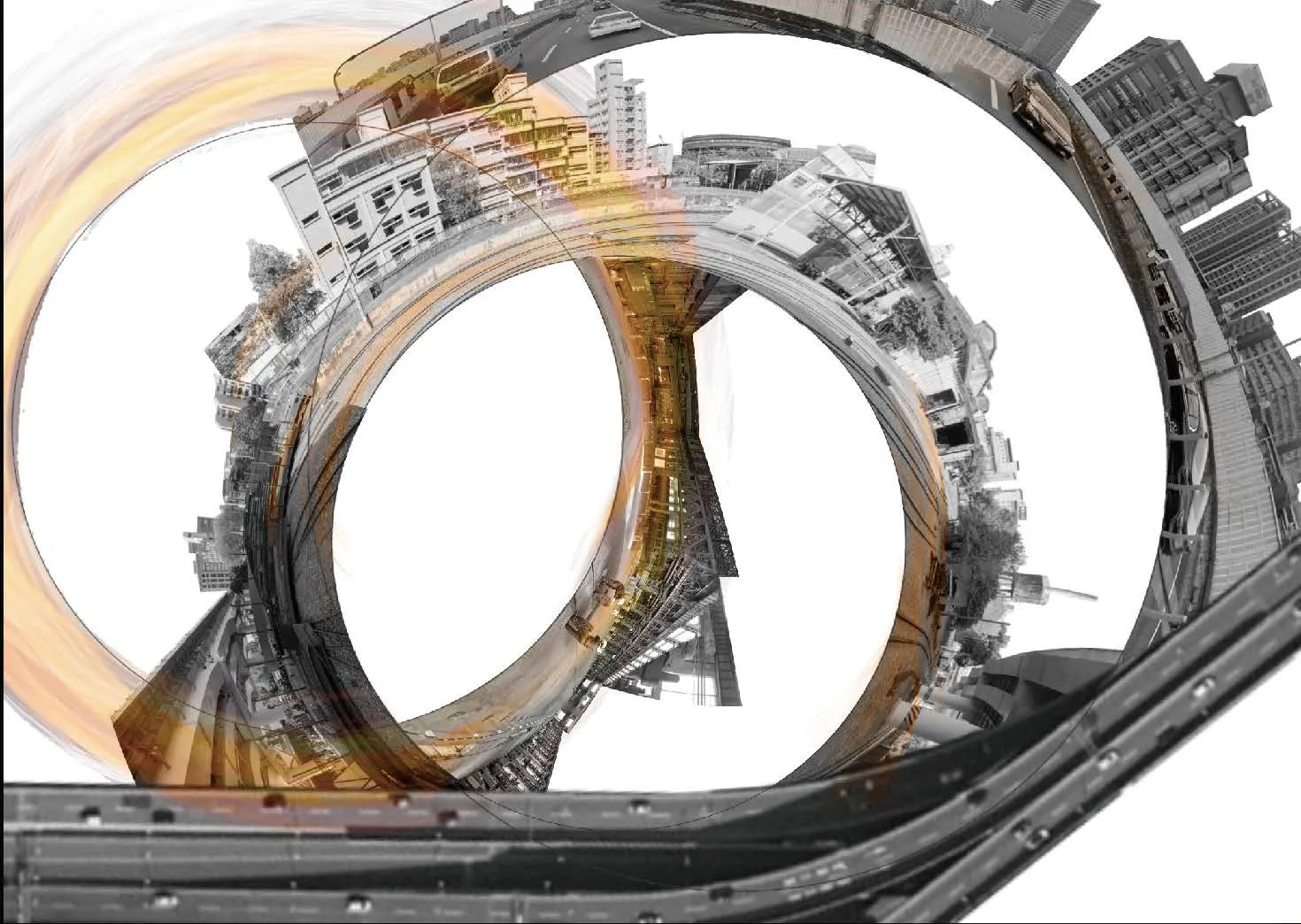

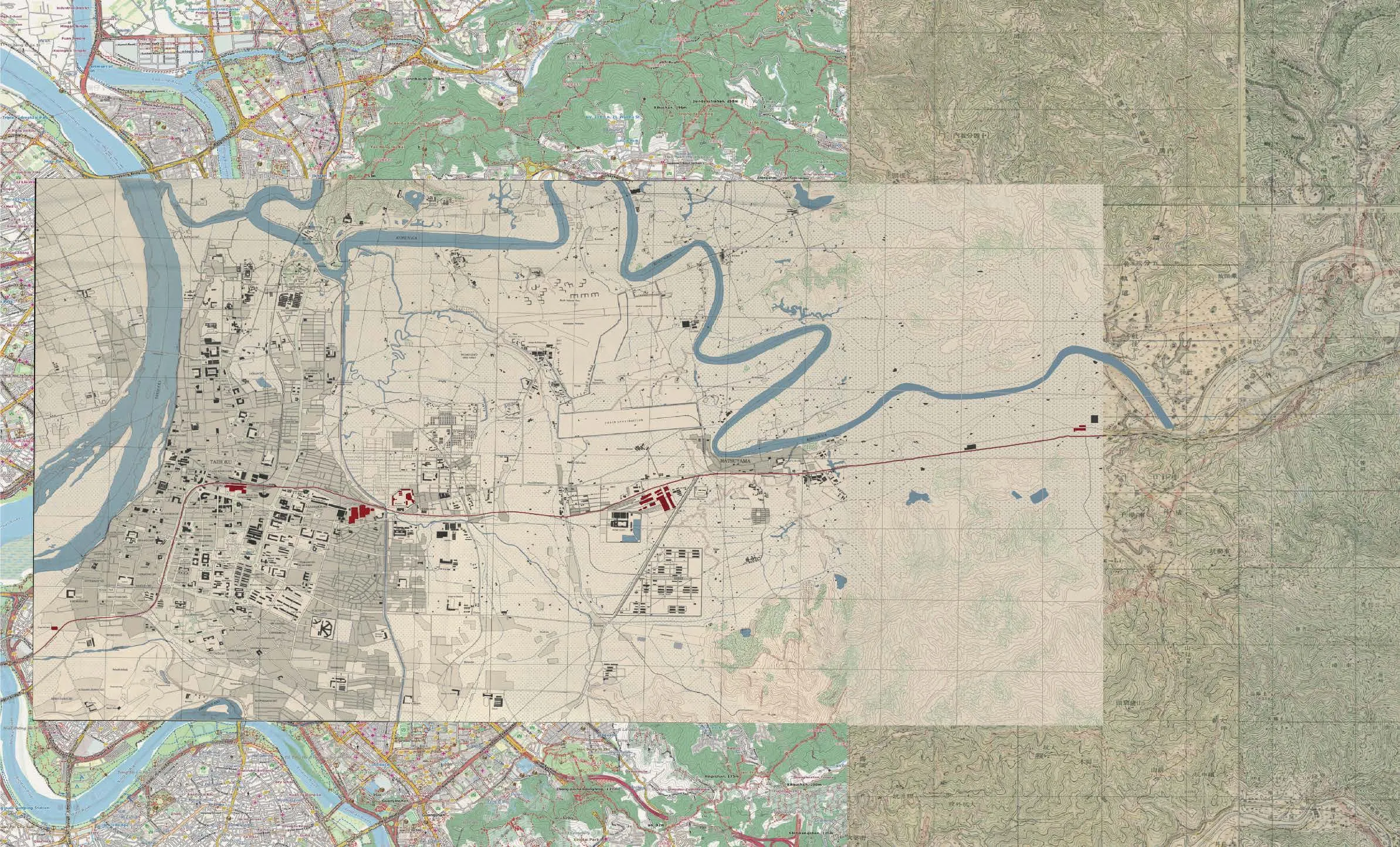
Golden Era-Sugar Rails and Industry
From Sugar Industry to cultural renewal
Since the late Qing Dynasty, small private sugar factories lined both sides of Mengxiá Avenue.Taiwan was a major sugar producer at the time,with sugar mills in Wanhua responsible for crushing sugarcane and producing sugar, which was then exported through Mengxiá Port. The presence of these mills helped Wanhua grow into a commercial hub, attracting merchants and workers, thus boosting local prosperity.
During the Japanese occupation, Taiwan’s sugar industry modernized, introducing new technologies and facilities. However, with improvements in transportation and the shift of ports, the importance of Wanhua’s sugar mills gradually declined and they faded from history.
In the early 21st century, the site was preserved and transformed due to protests from residents and cultural organizations. The government and cultural groups collaborated to revitalize the site as the Sugar Mill Cultural Park, becoming a key venue for urban culture and education.
Taipei Station
Railway and Industry Intersect
The history of Taipei Main Station dates back to 1891 during the Qing Dynasty, when it was established as part of the north-south railway, becoming a key transportation hub.Rebuilt in 1919 during the Japanese colonial era, i t was modernized and expanded in 1939 to meet growing transport demands.
In the 1980s, the railway was moved underground,and the new underground station opened in 1991.The 2007 “Five-Rail Interchange” integrated high-speed rail, Taiwan Railways, the Taipei Metro, intercity buses, and the Taoyuan Airport MRT, solidifying its role as a transportation hub.
The Huashan Freight Station, once vital for cargo transport, was decommissioned as the area focused on passenger services and urban renewal,leaving behind a significant historical legacy.
Alcohol Railway-A Taste of the Spirit Industry’s
Huashan 1914 Creative Park
The Huashan 1914 Creative Park was originally the Taipei Brewery, established in 1914 to produce sake. In the 1930s, it expanded with key structures,including the tower area and rice wine facilities,reflecting Taiwan’s early industrial development.
After the brewery moved to Linkou in 1987, the site remained abandoned until its transformation in 1997 into the Huashan Art and Cultural District.
In 2004, Huashan became a cultural and creative industry park, preserving historic buildings like the chimney and distillery, while incorporating modern creative elements. It now hosts exhibitions, concerts, and workshops, attracting visitors and cultural enthusiasts.
Jian Guo Brewery
Founded during the Japanese colonial era, the Jianguo Brewery, originally named Takasago Brewery, was Taiwan’s only beer factory at the time. As a key site along the alcohol railway line, the brewery relied on rail transport for raw materials and products. The factory still retains many historically significant buildings and equipment, including brewing facilities, storage,packaging areas, and four German-made copper mash tuns. These traditional facilities not only showcase past industrial techniques but are also important symbols of Taiwan’s beer culture.
In response to calls for preservation, the Cultural Heritage Preservation Unit decided in 1998 to protect part of the factory and its equipment. Future plans aim to transform the site into an innovative public space combining culture, education, leisure,and entertainment.
